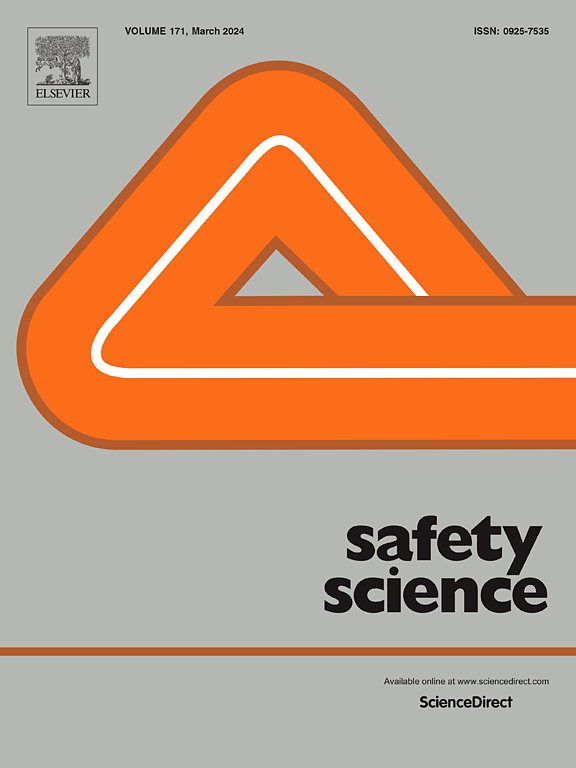Video see-through augmented reality fire safety training: A comparison with virtual reality and video training
IF 4.7
1区 工程技术
Q1 ENGINEERING, INDUSTRIAL
引用次数: 0
Abstract
Safety training is crucial to mitigate the risk of damage when a disaster occurs and can play a vital role in enhancing community response. Augmented Reality (AR) is an emerging technology for safety training that holds great pedagogical potential. This study aims to explore the effectiveness of AR training in terms of knowledge acquisition and retention, as well as self-efficacy enhancement. We developed a new video see-through AR training tool on a tablet to teach users about operating a fire extinguisher to put out a fire following the PASS procedure: Pull, Aim, Squeeze, and Sweep (PASS). The AR training tool was tested with 60 participants. Test results were systematically compared with findings from the literature investigating Virtual Reality (VR) and video-based safety training. The findings indicate that, directly after the training, AR outperformed traditional video training in terms of knowledge retention, long-term self-efficacy, and quality of instructions. However, the AR experience was not as effective as the VR experience in all these areas, but the AR group had a smaller decrease in knowledge over time. These findings suggest that the AR-based training approach offers benefits in long-term memory recall.
求助全文
约1分钟内获得全文
求助全文
来源期刊

Safety Science
管理科学-工程:工业
CiteScore
13.00
自引率
9.80%
发文量
335
审稿时长
53 days
期刊介绍:
Safety Science is multidisciplinary. Its contributors and its audience range from social scientists to engineers. The journal covers the physics and engineering of safety; its social, policy and organizational aspects; the assessment, management and communication of risks; the effectiveness of control and management techniques for safety; standardization, legislation, inspection, insurance, costing aspects, human behavior and safety and the like. Papers addressing the interfaces between technology, people and organizations are especially welcome.
 求助内容:
求助内容: 应助结果提醒方式:
应助结果提醒方式:


